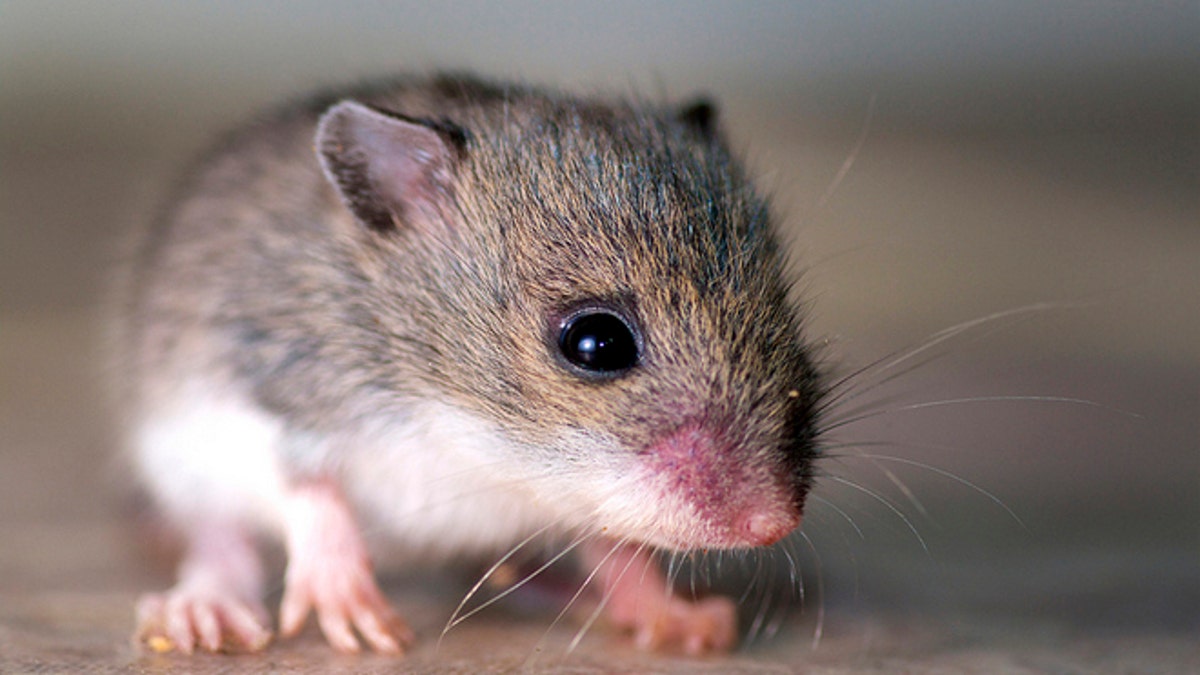
False memories can be implanted in mice and presumably humans. (Nick Harris1 / flickr)
Scientists have genetically modified mice to be super-intelligent and found they are also less anxious, a discovery that may help the search for treatments for disorders such as Alzheimer's, schizophrenia and post traumatic stress disorder (PTSD).
Researchers from Britain and Canada found that altering a single gene to block the phosphodiesterase-4B (PDE4B) enzyme, which is found in many organs including the brain, made mice cleverer and at the same time less fearful.
"Our work using mice has identified phosphodiesterase-4B as a promising target for potential new treatments," said Steve Clapcote, a lecturer in pharmacology at Britain's Leeds University, who led the study.
He said his team is now working on developing drugs that will specifically inhibit PDE4B. The drugs will be tested first in animals to see whether any of them might be suitable to go forward into clinical trials in humans.
In the experiments, published on Friday in the journal Neuropsychopharmacology, the scientists ran a series of behavioural tests on the PDE4B-inhibited mice and found they tended to learn faster, remember events longer and solve complex problems better than normal mice.
The "brainy" mice were better at recognising a mouse they had seen the previous day, the researchers said, and were also quicker at learning the location of a hidden escape platform.
They were also less able to recall a fearful event after several days than ordinary mice, and as PDE4B is also found in humans, this could be of interest in the search for treatments for brain conditions as well as mental decline linked to ageing.
The experiments also showed that PDE4B-inhibited mice suffered less anxiety, choosing to spend more time in open, brightly lit spaces than normal mice, which preferred dark, enclosed spaces.
And while mice are naturally scared of cats, the modified mice responded less fearfully to cat urine, suggesting that inhibiting PDE4B could increase risk-taking behaviour.